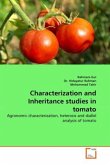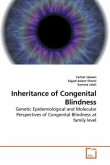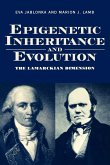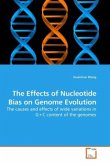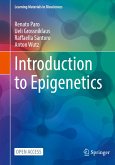This book describes the results of a genetic
research into the population and evolutionary
history of carp, one of the oldest domesticated fish
species. The common carp is widely distributed as a
food fish and recently, its ornamental descendent
the koi, became an appreciated pet around the world.
The chapters of this book describe the genetic
structure of various carp populations, the
inheritance rules of some color patterns in koi and
the evolution of the tetraploid genome of this
species. The author used classical and molecular
genetic methods to study the above mentioned aspects
of carp biology. The scientific reader will find a
combination of classical and modern genetic views on
carp biology that could explain why this species is
so successful both in the nature and in aquaculture.
In this book, the carp farmers and koi keepers will
find several insights into the genetics of
commercially important traits and the impact of
farming on carp genetic diversity
research into the population and evolutionary
history of carp, one of the oldest domesticated fish
species. The common carp is widely distributed as a
food fish and recently, its ornamental descendent
the koi, became an appreciated pet around the world.
The chapters of this book describe the genetic
structure of various carp populations, the
inheritance rules of some color patterns in koi and
the evolution of the tetraploid genome of this
species. The author used classical and molecular
genetic methods to study the above mentioned aspects
of carp biology. The scientific reader will find a
combination of classical and modern genetic views on
carp biology that could explain why this species is
so successful both in the nature and in aquaculture.
In this book, the carp farmers and koi keepers will
find several insights into the genetics of
commercially important traits and the impact of
farming on carp genetic diversity


